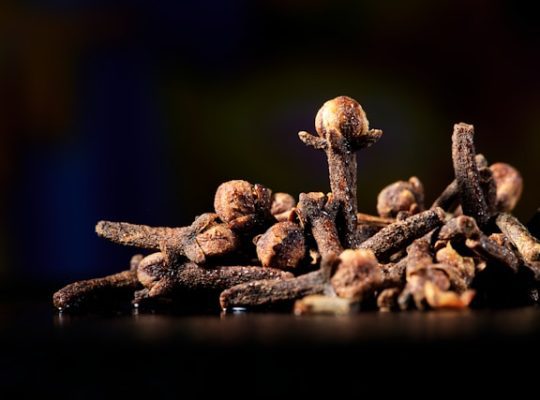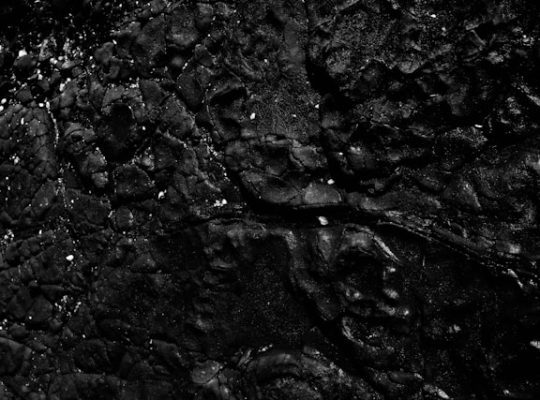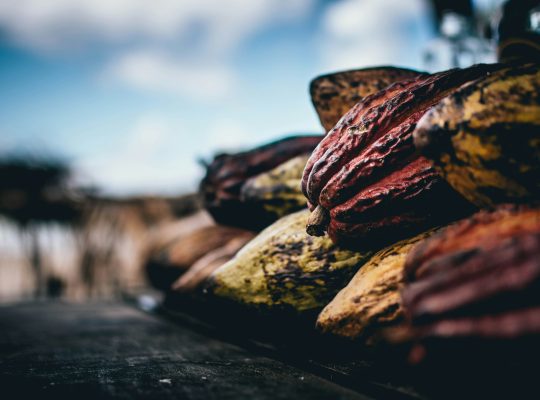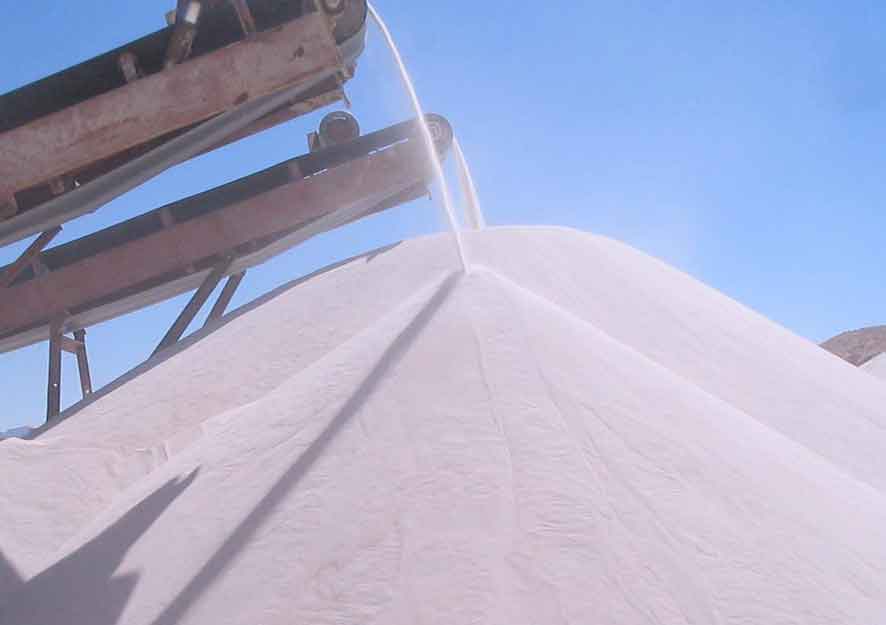The Indonesian government has unveiled plans to boost the value of local silica sand commodities. The Ministry of Industry asserts that this specific commodity offers significant potential for development into raw materials for industries, including semiconductors and solar cells.
Domestic Industry Strength Expert Staff member Ignatius Warsito is confident that the downstream processing of silica holds great promise as a source of foreign exchange earnings and a creator of vast employment opportunities.
“Indonesia needs to promote the development of upstream and midstream industries by converting silica through downstream processing into silicon wafers suitable for Solar Grade Silicon (SGS) and Electronic Grade Silicon (EGS). Silicon wafers are fundamental building materials for both the semiconductor and solar cell industries, yet currently, there are no facilities in Indonesia that process silica into solar-grade silicon wafers,” stated Ignatius on Monday (18/9/2023).
The expected outcome of this silica downstream processing is the production of silicon wafers, which should support the self-sufficiency of the national photovoltaic (PV) module and semiconductor industries. To advance the development of silica into silicon wafers, several supporting activities are required, such as creating a comprehensive silicon wafer industry roadmap and industry tree.
Wiwik Pudjiastuti, the Director of Cement, Ceramics, and Non-Metal Mineral Processing Industries at the Ministry of Industry, referenced data from the Ministry of Energy and Mineral Resources indicating that there are 328 companies with silica sand reserves in Indonesia, 98 holders of Mining Business Licenses (IUP), and 82 holders of Silica Sand Exploration IUPs.
In 2021, the mining output of silica sand by various companies reached 2.01 million cubic meters, with the total reserves amounting to 330 million tons.
Notable areas for potential silica sand mining include Bangka Belitung, Central Kalimantan, and West Kalimantan, with open possibilities in other regions as well.
“Additionally, Quartzite resources total to about 297 million tons, primarily located in Aceh,” explained Wiwik.
Wiwik further detailed, according to the National Industrial Information System (SIINas) from the Ministry of Industry, that there are currently 21 silica sand processing companies with a total installed capacity of 738,536 tons per year (tpy), with nine companies producing 404,755 tons in 2022.
“Among these companies based in Java and Kalimantan, their utilization rate stands at 68.48%. In terms of product types, silica sand, silica flour, and resin-coated sand remain in demand,” Wiwik elaborated.
Regarding the potential raw material for the PV and semiconductor industries, 2022 data from the Central Statistics Agency (BPS) indicates the import substitution value for Silicon Wafers could reach $17.7 million, while for semi-conductor products, it could amount to $120 million.
Moreover, the import substitution value if silica sand were processed into unassembled solar panel products would be about $6.2 million, and for fully assembled solar panels, about $65.9 million.
“If these can be produced domestically, it would offer Indonesia significant potential, allowing the country to capture the opportunities for import substitution of processed silica products as raw materials for the PV and semiconductor industries,” Wiwik concluded.








